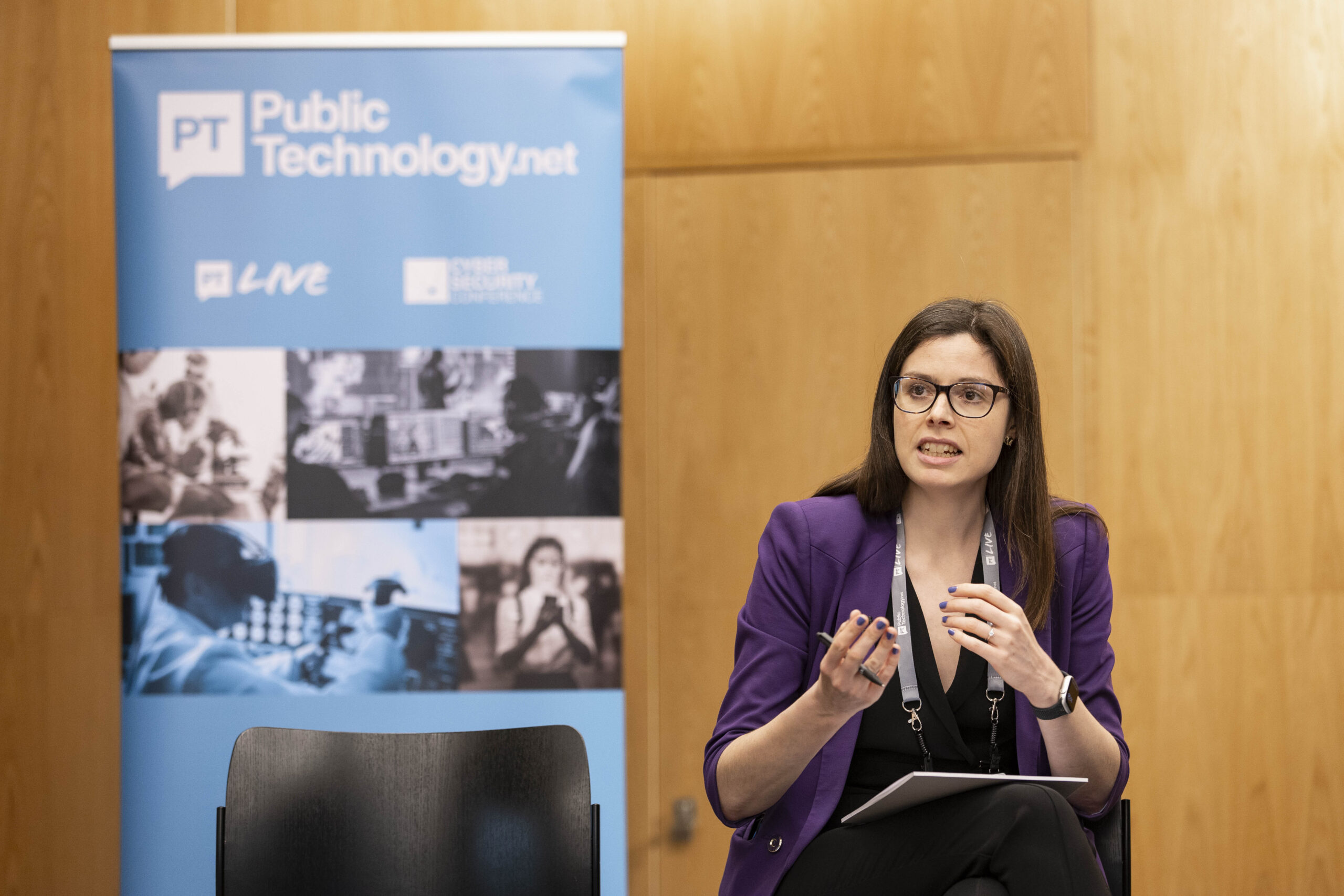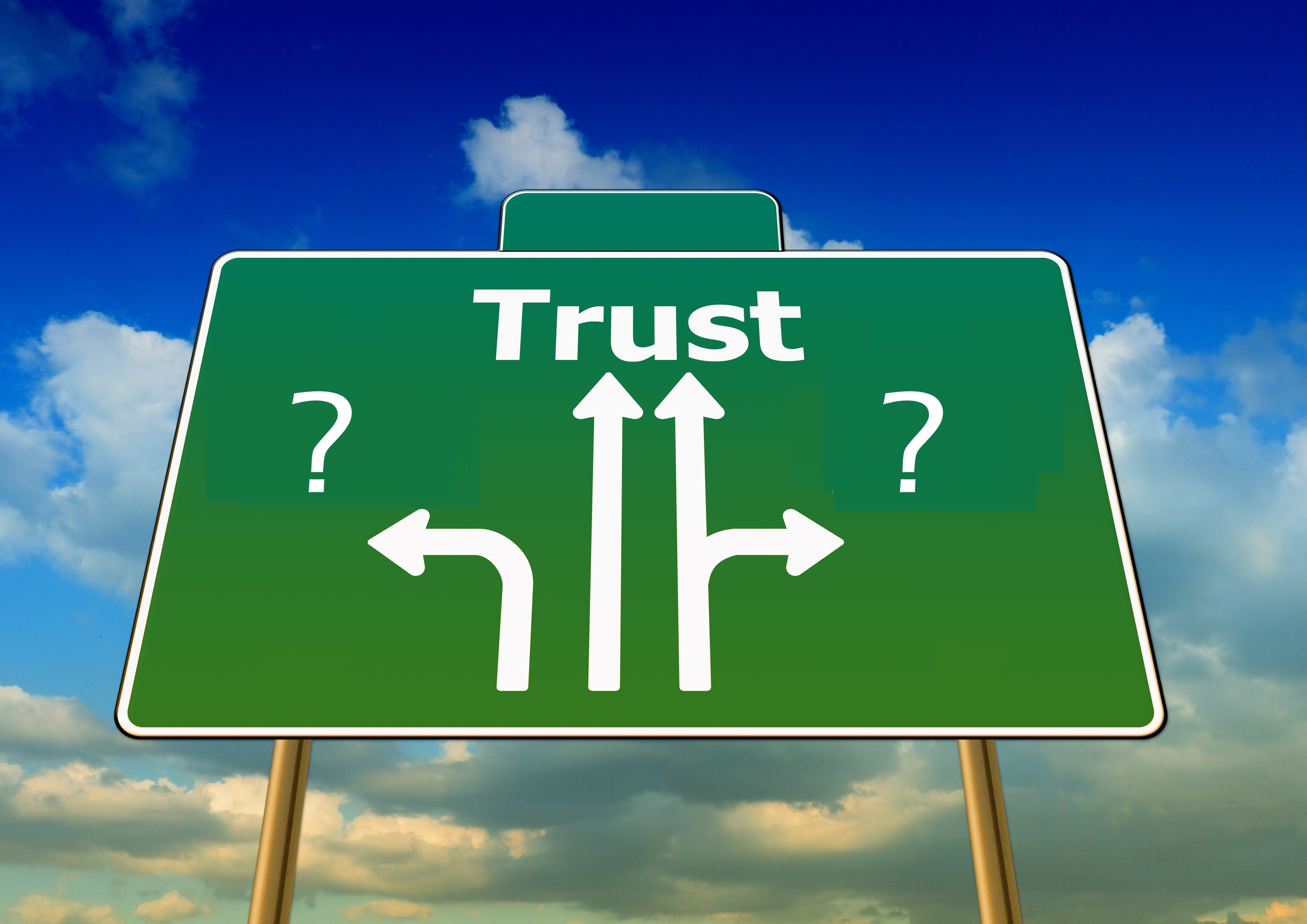Green Party wins praise for steps to “minimise the complexity of its homepage and ensure a slick experience for site visitors” – as Jeremy Corbyn’s Labour tops campaign traffic rankings
As voters head to the ballot box, the main parties’ websites have been ranked for user experience
The Green Party has beaten the Conservatives – in an eve-of-election test of their campaign websites, at least.
The 2017 election has seen parties pour millions into highly targeted social media advertising, a move which has even prompted the launch of a new Chrome extension – Who Targets Me? – to try and shine a light on the murky campaign spend.
But there has been comparatively little focus on how the main parties’ websites – which are used to host manifestos, capture data and encourage donations – have fared during the campaign.
RELATED CONTENT
- General election 2017: Politicians have been silent on data – and unwilling to let councils take the lead
- General election 2017: online voting would boost turnout, study suggests
Fresh analysis by Dynatrace, a US-based application performance management (APM) software company, attempts to plug that gap with a series of benchmark tests on the main parties’ campaign websites, looking specifically at how long potential voters have had to hang around to get the information they need.
The firm ran a series of hourly, automated tests at the end of May to track how quickly potential voters were able to access the homepage of each political party when they entered its URL on both their desktop and mobile browser.
According to Dynatrace, the Green Party came out on top both on desktop and mobile platforms, with the lowest average response time, lowest average number of bytes, and praise for its steps to “minimise the complexity of its homepage and ensure a slick experience for site visitors”.
By comparison, the Labour Party, the Conservatives and the Liberal Democrats all came in for criticism for slowing down the user journey with splash landing pages, which prompted visitors to part with their contact details before accessing the main sites.
It took users 1.6 seconds to access the Greens’ homepage on mobile, the firm said, compared to 3.7 for the Conservatives, 4 for UKIP, 5.7 for the Scottish National Party, and 5.8 for Labour. The Liberal Democrats lagged behind, with their website taking 6.4 seconds to fire up.
On desktop, the Greens also fared well, with their site boasting an average response time of 3.9 seconds, far ahead of the second-placed Conservatives on 6.4 seconds. UKIP followed with a 9.3 second average wait, Labour scored 11.7, while the SNP and the Lib Dems filled out the bottom of the table with 12.8 and 13.5 seconds respectively.
Explaining why the Greens topped the rankings, the analysis said that the party had “the lightest website overall”, with the lowest byte count, a low number of images, videos and social media plugins, and few hosts.
“This minimises the complexity of its homepage and contributes towards the slick experience being delivered to site visitors,” it said.
The firm added: “Conversely, the Labour Party, Conservative Party and Liberal Democrats homepages all redirect visitors to a splash landing page, designed to capture contact information and voting intent.
“This adds an additional step – delivering further objects from more hosts, which site visitors must complete, or click on a button to bypass, before they are able to access the homepage. As such, their user-experience is less optimised, with a delay to their journey to the homepage.”
“Eyeballs”
Although the Green Party dominates the Dynatrace analysis, however, separate figures drawn from the Alexa web traffic tool suggest that it is Labour that has been getting the most eyeballs on its homepage.
While all parties have benefited from a sharp rise in traffic since the snap election was called in early May, Labour’s homepage is far ahead, and is now – according to Alexa’s estimates – ranked as the 564th most-visited UK website.
Its closest competitor – the Conservatives – ranks at 1,516th, while the the Lib Dems are close behind on 1,552th. The Greens are much further down the rankings, sitting at 3,581, while UKIP fares worst, on 7,531st.
But none of the parties should be complacent about their web performance, if the Alexa rankings are anything to go by.
Despite intense media focus on the election, at the time of writing, no official political website was anywhere near the UK’s top 50. Instead, the rankings are dominated by the usual suspects – a mix of search, social, shopping and sex.



